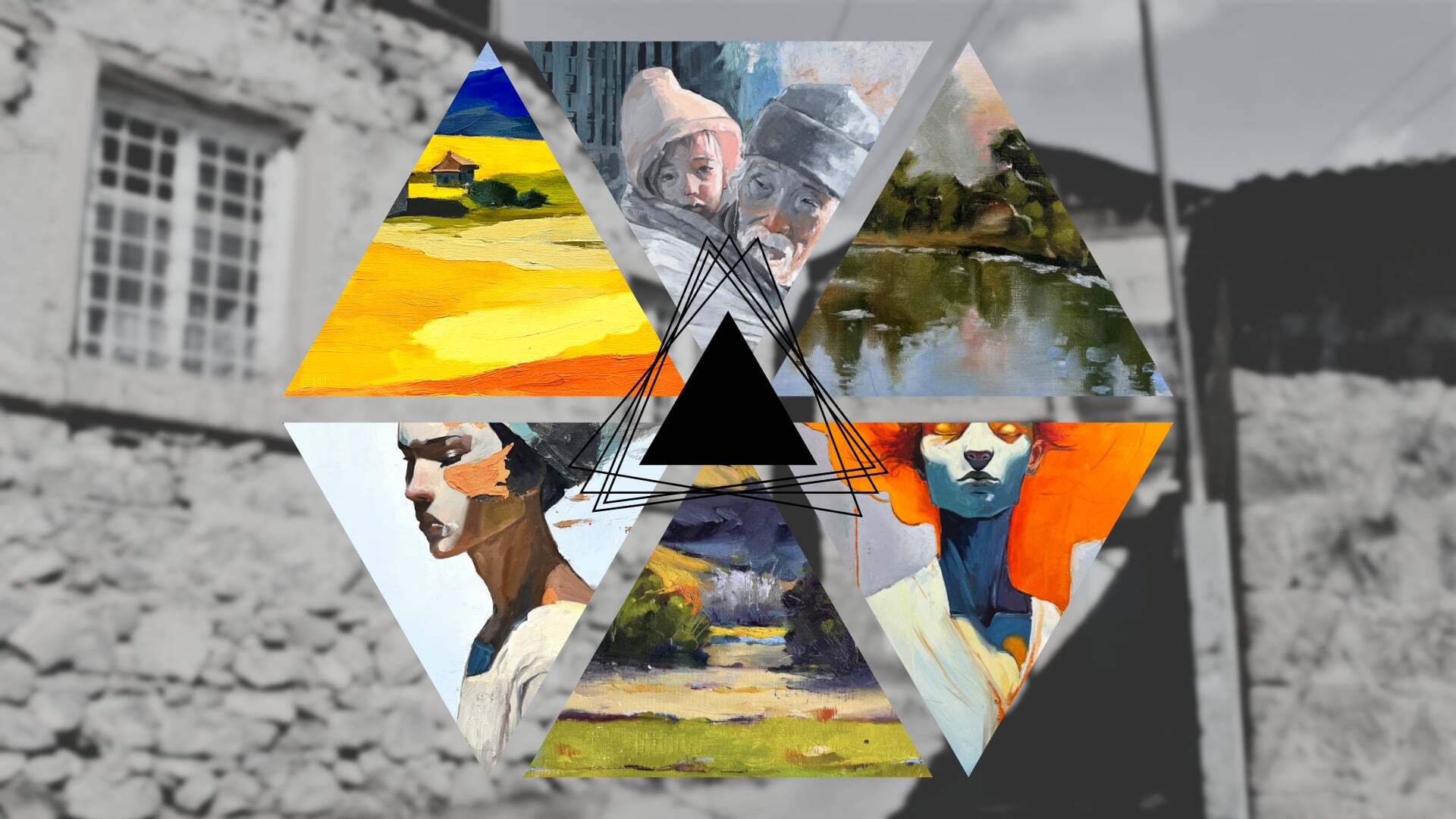Ani Muradyan is a young artist from Armenia. Ani’s works are gaining more and more popularity, exhibiting not only in Armenian galleries, but also in France, Spain and Greece.
From August 13 to 19, an exhibition was held in Yerevan, where Ani presented new works. By the time the author of this article visited the event, many of the paintings had already been purchased by visitors.
In the basement room with bright lighting, there was no one except the artist, and the silence definitely helped to focus on the paintings and try to feel them.
At first glance two features catch the eye. Firstly, they are all painted in different styles. Some paintings are distinguished by bright colors and sharp lines.
Others – pastel colors and smooth transitions. Some works are reminiscent of Hopper, Wyeth, Magritte and Monet in style, while some are associated with Saryan, Warhol and Klimt because of the bright colors and abstract features.
Secondly, the paintings do not have titles. However, the second fact was soon refuted. On Ani’s official website, the works have titles, albeit laconic ones. We can only guess why they were not listed in the gallery. I like to think that the artist allowed visitors to interpret the paintings in their own way, based on their own emotions when they saw them.
Moreover, I could not give them titles.
Ani’s paintings evoke contradictory emotions: strong, but imprecise, just like real life. These are not just images. These are feelings expressed in colors. Although we do not know their background, it seems that many of the paintings were painted under the impression of specific scenes, events, memories. It could be anything: an impression from a book or a movie, fragments of real memories of trips to picturesque places, inner feelings that take shape and colors in Ani’s hands.They can be put in two categories: people and landscapes.
Some are inspired by completely different cultures, atmosphere and circumstances, and we can see that in “Jazzman” and “Contemplative Silence”. Ani pays attention to details, colors of urban landscape, clothes and national features. She creates concise, in many ways even abstract images, but retains their authenticity.
Jazzman
Contemplative Silence
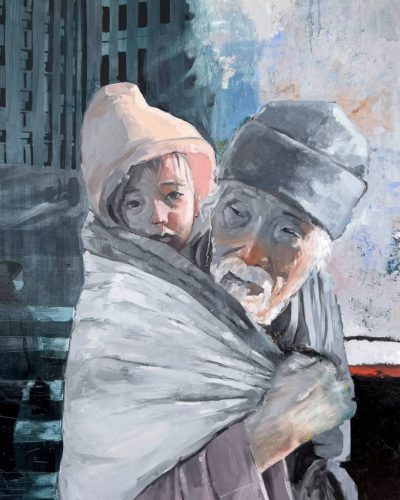
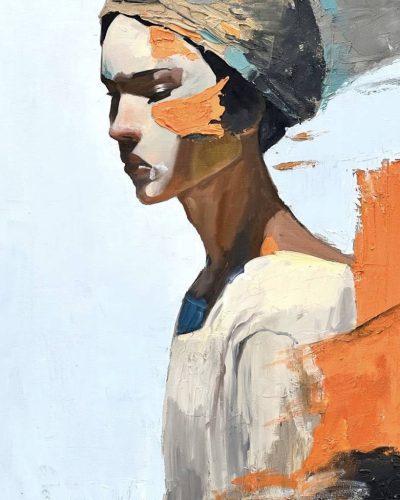
Every portrait has a special aura or message. “Stare into the Past” creates a direct connection with the observer. Her facial expression is concentrated. Her eyes look directly at you, and her eyebrows seem to be slightly raised in anticipation. Something in the look of her blue eyes with bright white highlights makes you tense, even feel guilty. There is a similar effect in the picture “The Crying Boy” by Giovanni Bragolin.
Stare into the Past
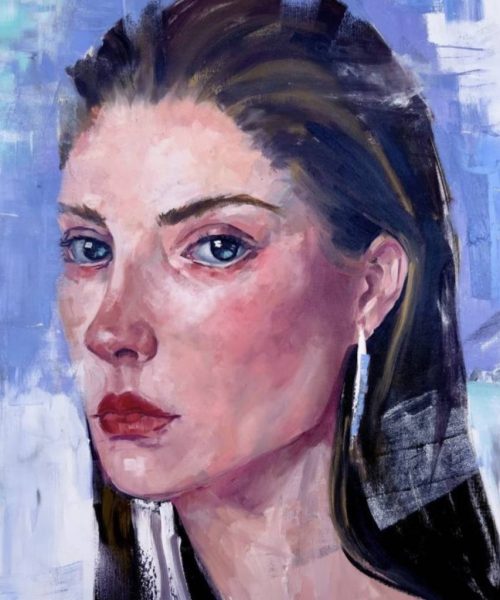
The girl in the painting seems to really know something about your past. It’s like she’s crying out to remember it, some important scene from your life.
“Raven’s Companion” is the definition of loneliness together. The girl in the painting does not look like a person, but as a reflection of inner insecurity, loneliness and isolation. And yet she is not alone, there is something she grabs to get out of the abyss of her fears. This is something expressed in the image of raven, her only friend.
“Solar soul” looks like the opposite of it. Maybe it’s the same girl? But now she is stronger and more confident, lights up with a scarlet flame like a phoenix.
Raven’s Companion
Solar soul
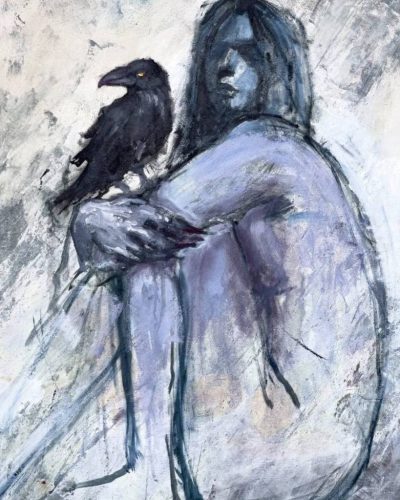
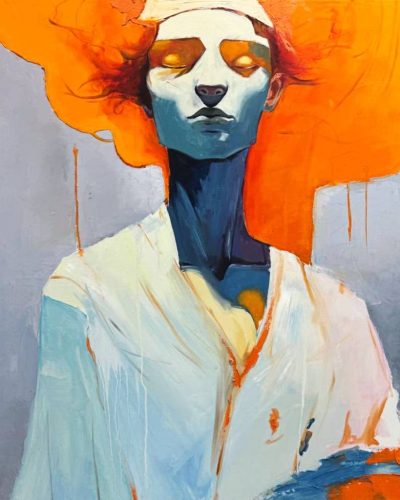
The landscapes mostly look like something you could see in Armenia. The burnt grass in “Golden Plains”, a summer full of life in “Mountain Retreat”, a village in “Countryside Harmony”.
Golden Plains
Mountain Retreat
Countryside Harmony
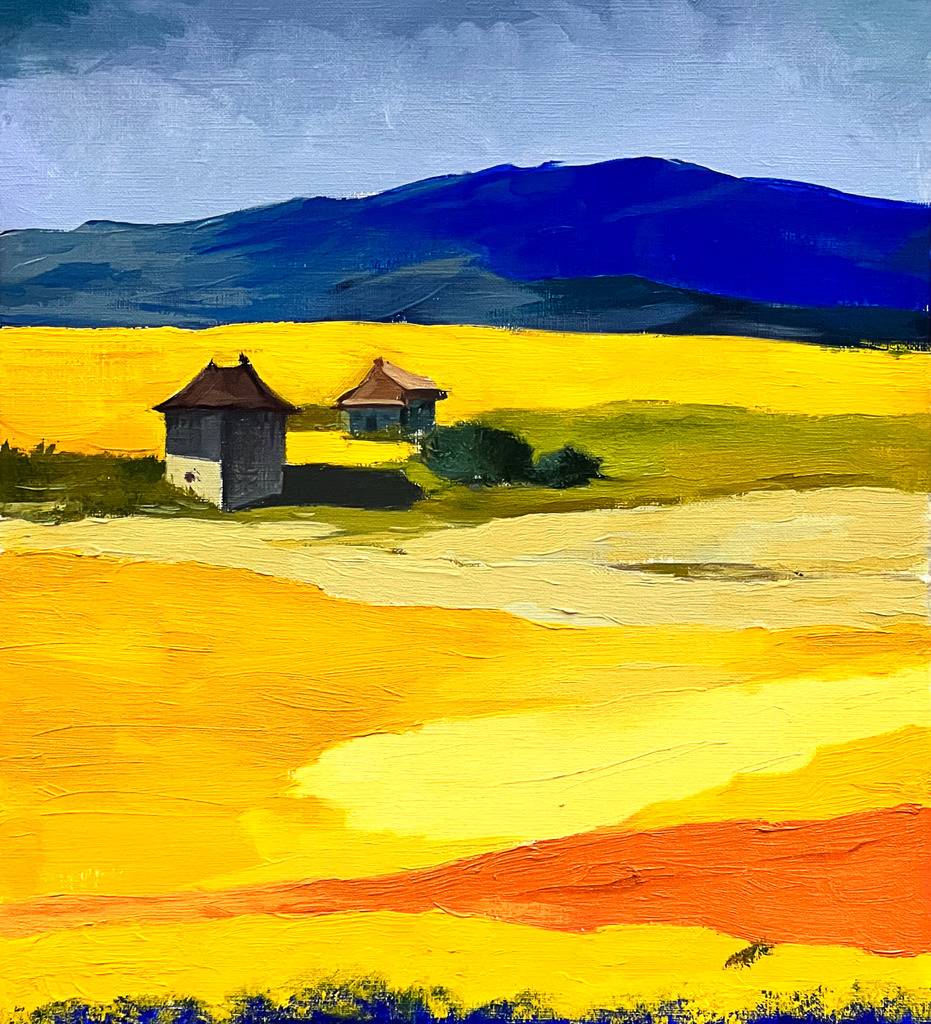
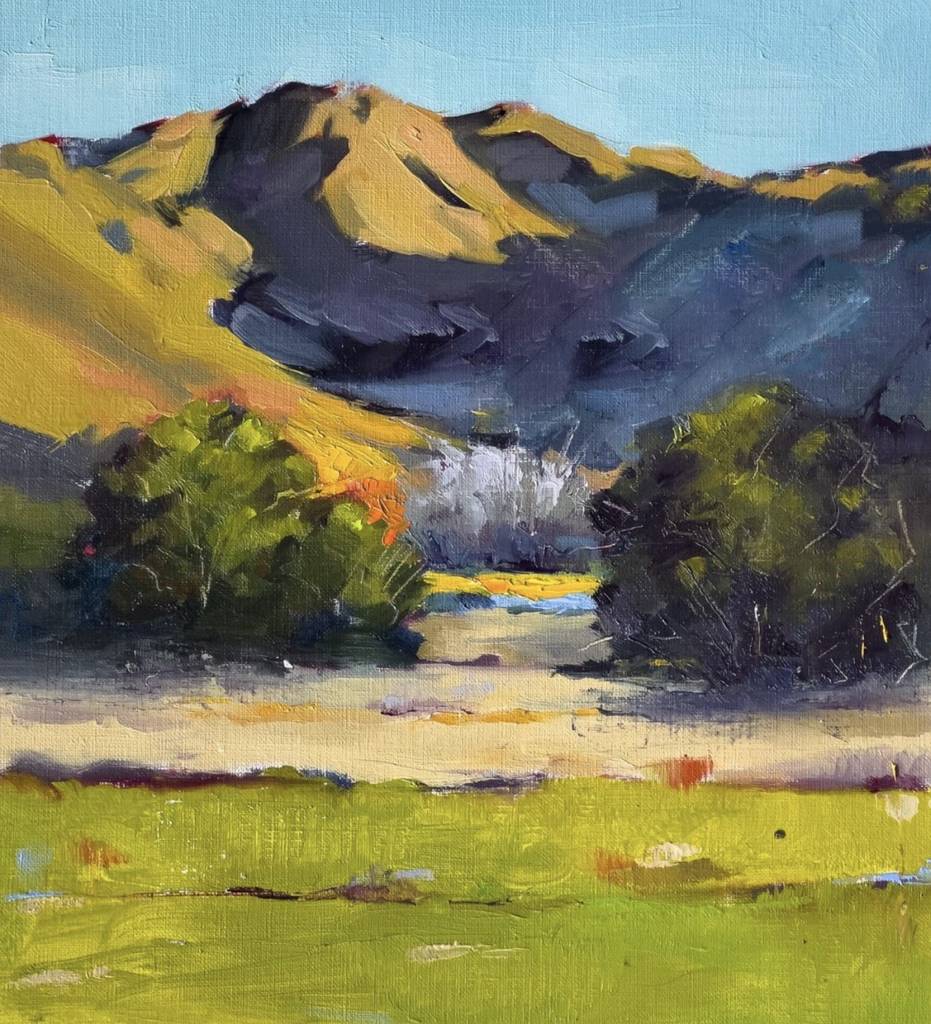
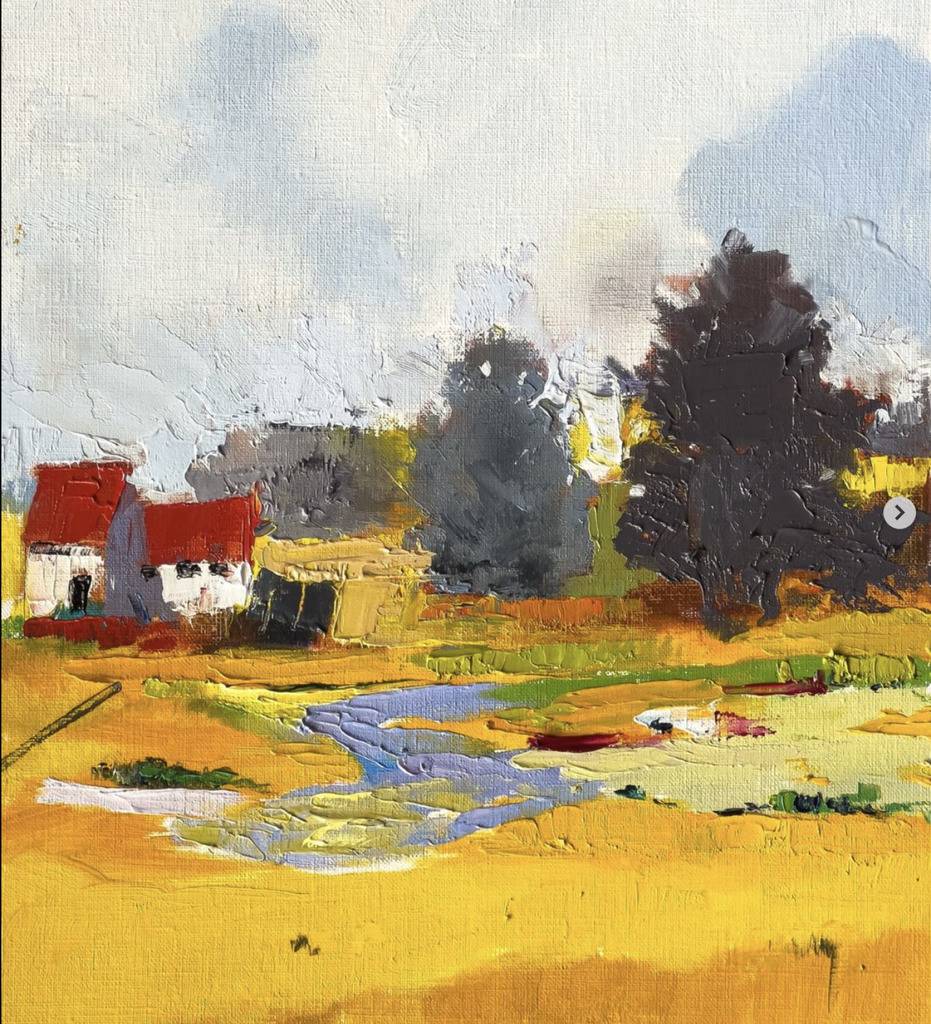
Even the “Weathered Doorway” evokes memories of battered buildings in small towns or villages, the ones that hold memories of the history of our families and our childhood.
Weathered Doorway
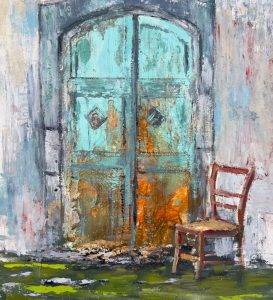
These pictures seem to be unrelated to each other, and one might even think that they were painted by different artists. It is not only about the styles, but also about the mood of each painting: from nostalgic melancholy to bright joy and peace.
Before leaving the exhibition, I complimented the artist and she asked which painting I liked the most. I didn’t hesitate for a second. I returned to one of the paintings over and over again, not being able to see enough.
My personal favorite is called “Morning Reflection”. It is an early dawn, a reflection of the forest in the lake, a soft, pink-yellow glow. The familiar scene of dawn, when you accidentally wake up ahead of time and watch the day’s evolution. Peacefully, calmly, as if time had stopped.
Morning Reflection
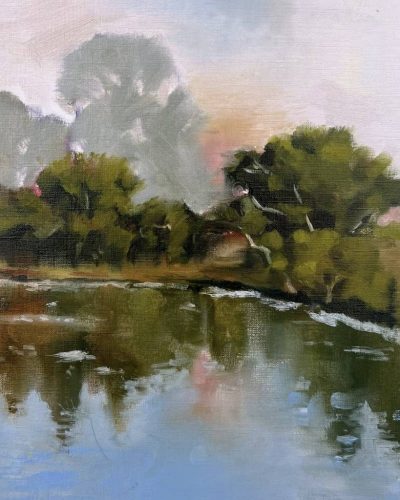
It makes a trio with the “Golden Hour Serenity” and “Sunset Reflections”. The harmony in the course of life, in the correctness and completeness of each natural phenomenon.
Golden Hour Serenity
Sunset Reflections
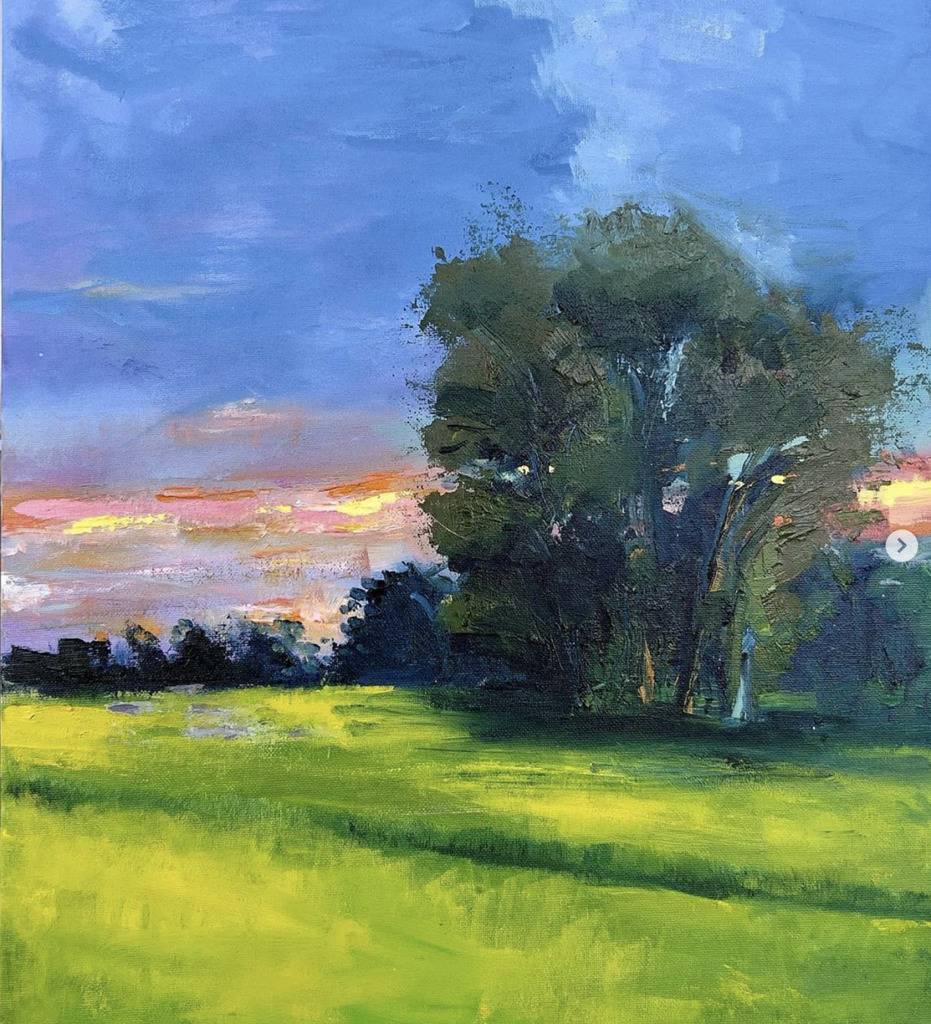
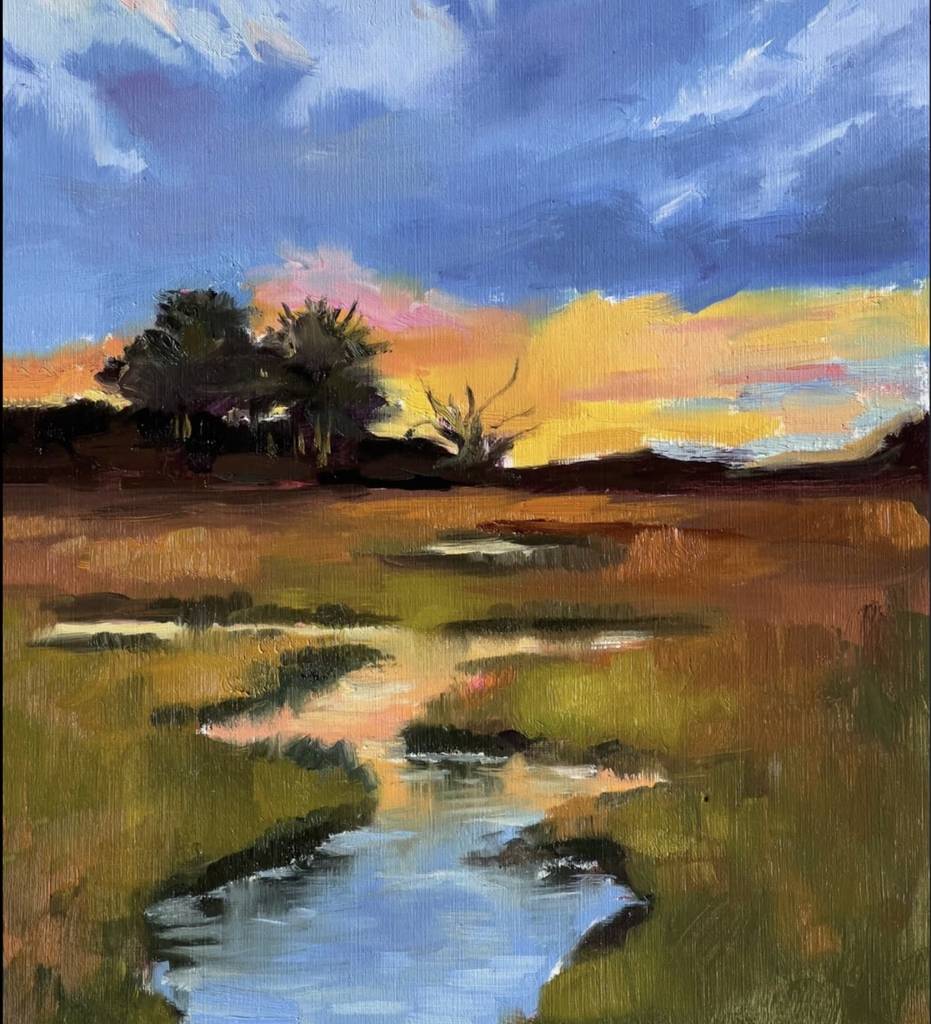
Ani Grigoryan

